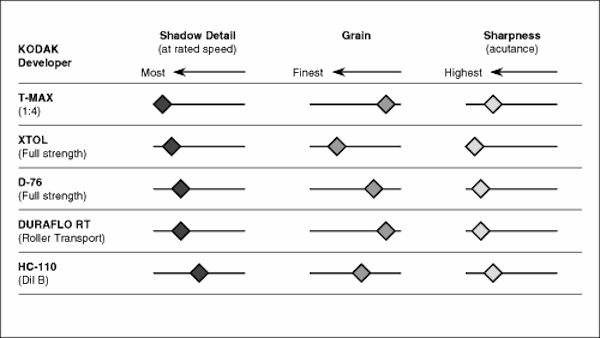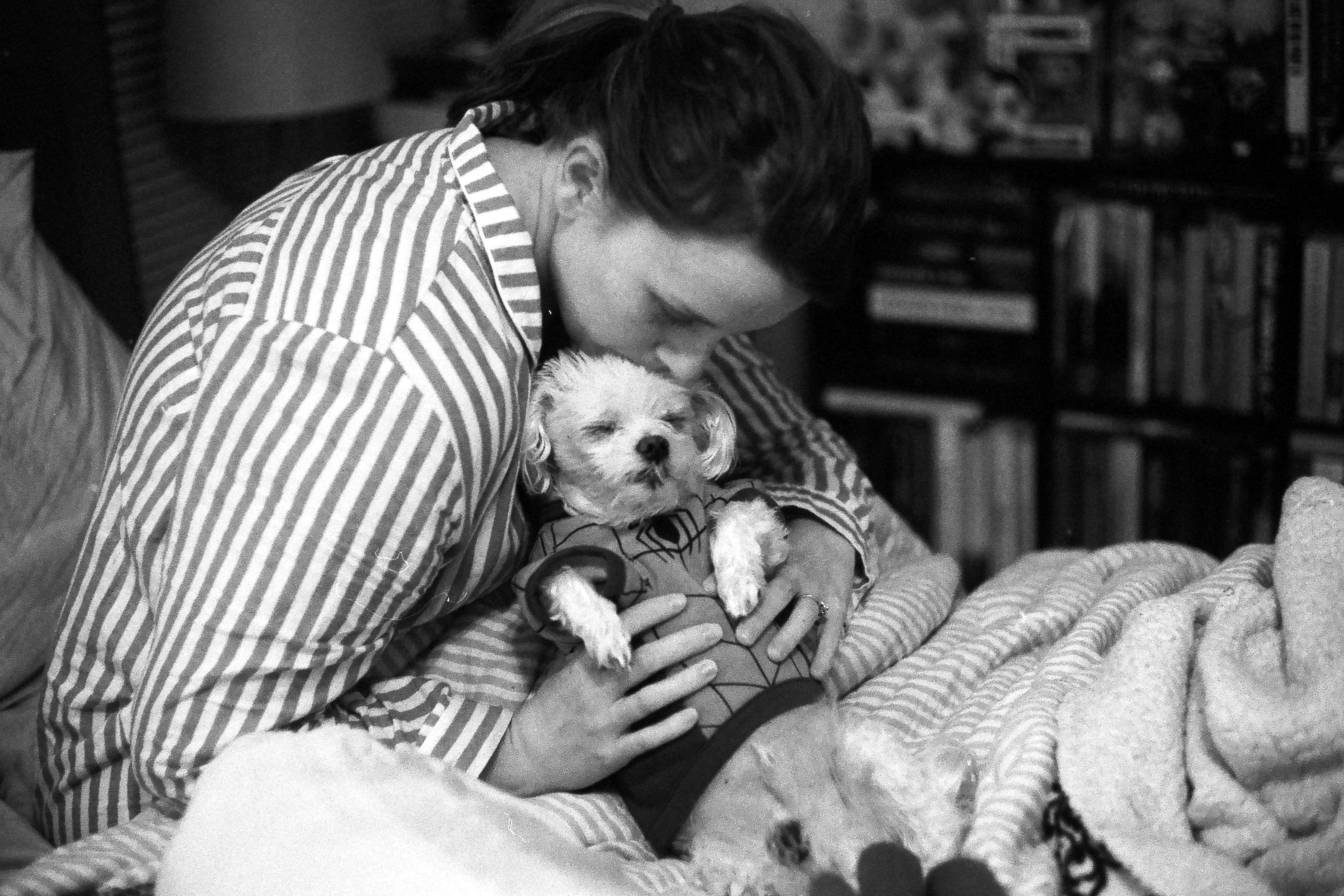- Messages
- 491
- Name
- MARINO
- Edit My Images
- No
Hey all,
Only recently I learned from online sources that the film developer affects the grain and contrast of the negative.
My main criterion of choosing developer was the price.
After developing a few times i have different needs from a developer.
First is shelf life and second is yielding low/normal contrast and hopefully grain that’s not too harsh.
Can i have it all or do i have to compromise?
So far I’ve used Kodak d76 and ilford Perceptol. I’m happy with the results but i have a feeling these developers are expensive and shelf life isn’t the best(i read even opening the lid of the bottle it’s stored even affects the potency of the developer).
To be honest i haven’t noticed much difference (i haven’t compared side by side). But after looking online a video comparing developers one significantly increased the contrast, especially when diluted (rodinal i think).
What’s your thoughts?
Marino
Only recently I learned from online sources that the film developer affects the grain and contrast of the negative.
My main criterion of choosing developer was the price.
After developing a few times i have different needs from a developer.
First is shelf life and second is yielding low/normal contrast and hopefully grain that’s not too harsh.
Can i have it all or do i have to compromise?
So far I’ve used Kodak d76 and ilford Perceptol. I’m happy with the results but i have a feeling these developers are expensive and shelf life isn’t the best(i read even opening the lid of the bottle it’s stored even affects the potency of the developer).
To be honest i haven’t noticed much difference (i haven’t compared side by side). But after looking online a video comparing developers one significantly increased the contrast, especially when diluted (rodinal i think).
What’s your thoughts?
Marino

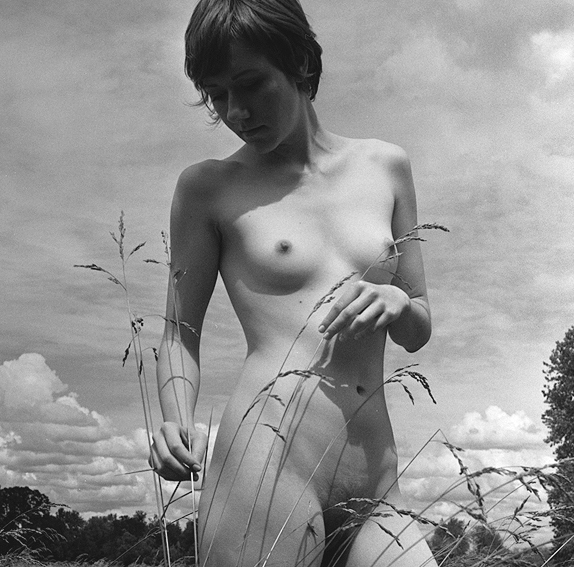
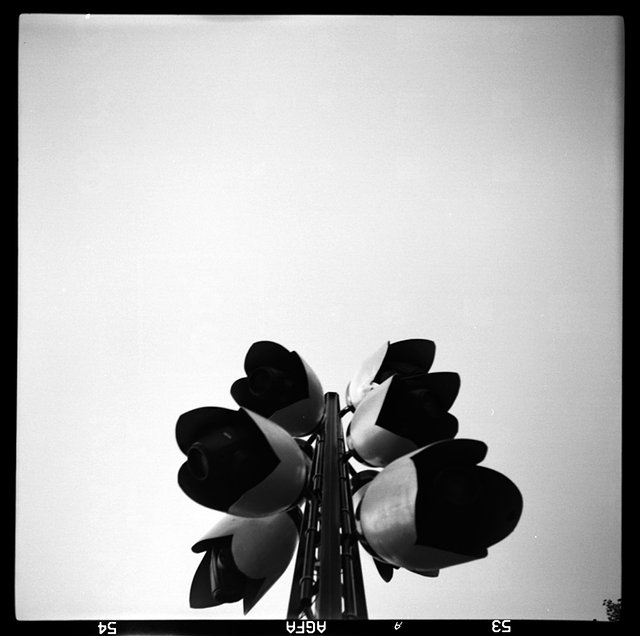
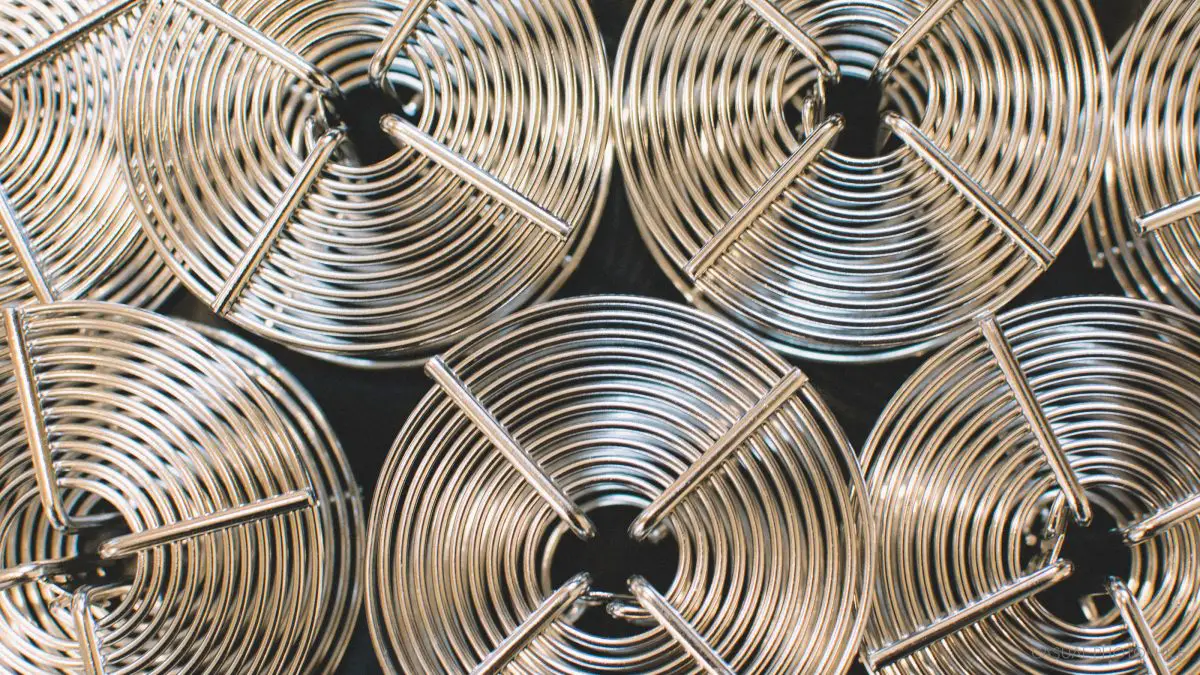


 Yes that's the goal
Yes that's the goal (which i really appreciate by the way).
(which i really appreciate by the way).



